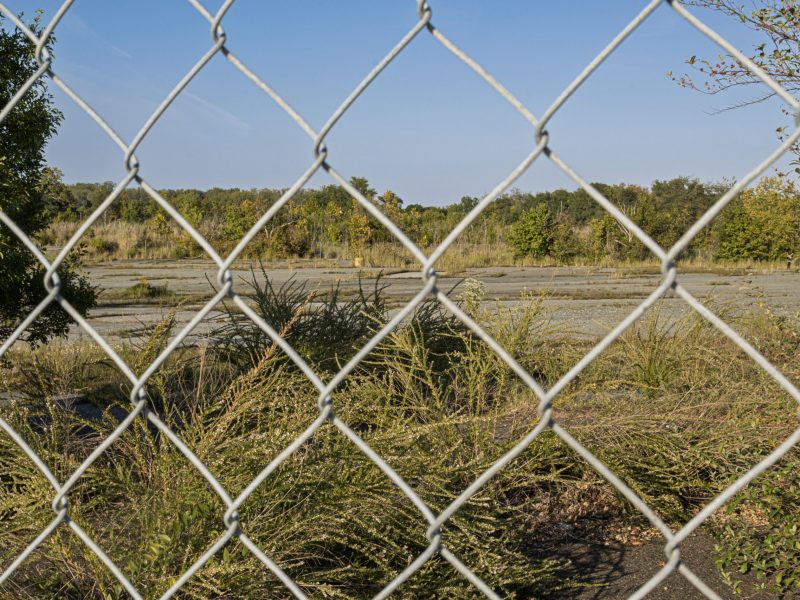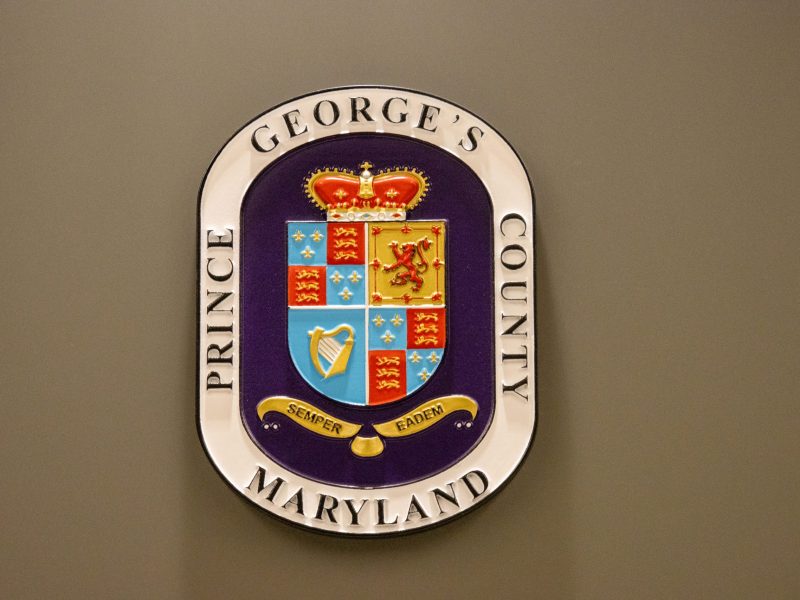By Carly Kempler and Grace Toohey
University of Maryland and City of College Park officials announced Monday a new Safety Ambassador Pilot Program, which aims to increase and enhance public safety through non-sworn, trained community patrols.
The program is a collaboration between this university, the city and the College Park City-University Partnership. The initiative will focus on improving the city’s safety and hospitality through six safety ambassadors who will patrol the area both on foot and bicycle, said University Police Chief David Mitchell.
The ambassador’s first patrol will be this Friday, and patrols will continue every weekend Friday through Sunday, with some schedule variations or shifts depending on various university and city events, police spokeswoman Sgt. Rosanne Hoaas said.
“They will … not only be a visible sense of security, they will have police radios, act as the eyes and ears of public safety, they will be available for directions,” Mitchell said.
The program will begin focusing in the city’s downtown area, but will also extend toward the College Park Metro and Route 193, Mitchell said. The pilot program hired the six safety ambassadors in late April, five of which are students and one who is an alumnus who now works for university police. The ambassadors are not sworn police officers, but rather public safety personnel, said Mitchell, adding that he hopes members of the community will take on the part-time job as well in the future.
During the program’s ceremonial launch on Monday, officials spoke highly of Gov. Larry Hogan and his Crime, Control and Prevention office, which funded a $100,000 grant for this pilot program, said Eric Olson, the College Park City-University Partnership executive director.
Olson called the opening an “opportune time to launch.” This program will benefit all members and visitors of this growing community, Olson said, which is seen from the university’s move to the Big Ten, the new hotel and conference center and the Purple Line’s implementation.
Various leaders within the campus, university and surrounding community also attended the ceremony, including university President Wallace Loh, state Sen. Jim Rosapepe, Mayor Pro Tem Monroe Dennis and this university’s administration and finance department’s Vice President Carlo Collela and Assistant Vice President Anne Martens.
The best way to handle these safety and hospitality issues is through a program structured like this, Loh said.
“We can’t just flood the city with uniformed officers because a lot of the functions required that are of the general safety and hospitality type, rather than law enforcement,” Loh said.
Senior Jesse Patterson said he joined the ranks as one of the new safety ambassadors as the first step in his public safety career.
“My dream is to be in law enforcement, and that’s why I came to this department to get some good experience,” the criminology and criminal justice major said. “I thought it was a really great opportunity to get out and get some good face-to-face interaction. … I thought it was a great initiative.”
These safety ambassadors will be able to handle more quality of life issues, rather than law enforcement, Loh noted. For example, these ambassadors may respond to a party generating a lot of noise disruption, he said.
“There are nuisance issues, there are some houses with litter all over the place, and that makes the city look run down,” Loh said. “There are potholes all over the place. If they spot one they can report it and have it repaired, as opposed to waiting for a police officer to find it and report it.”
This project is an example of a “true partnership” between the city and the university to better the city community, Olson said.
It is also an “investment” to create a sense of a safer community for students, residents and other university personnel, Mitchell said. He also said he hopes increased safety will encourage more individuals to relocate to the city.
“The safety ambassadors are here to provide a sense of safety and a reality that College Park is one of the safest place you could ever live, work or visit,” Mitchell said. “It’s been said that you only get out of a community what you put in.”
Senior staff writer Darcy Costello contributed to this report.



